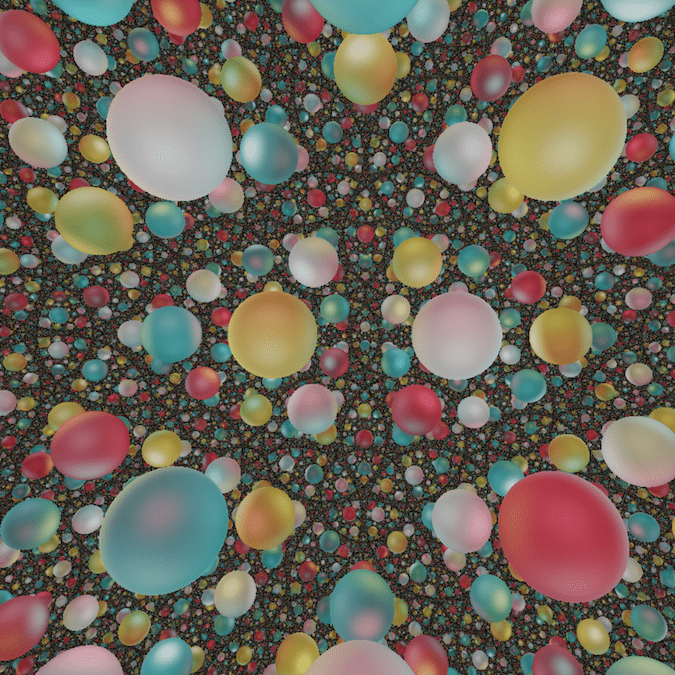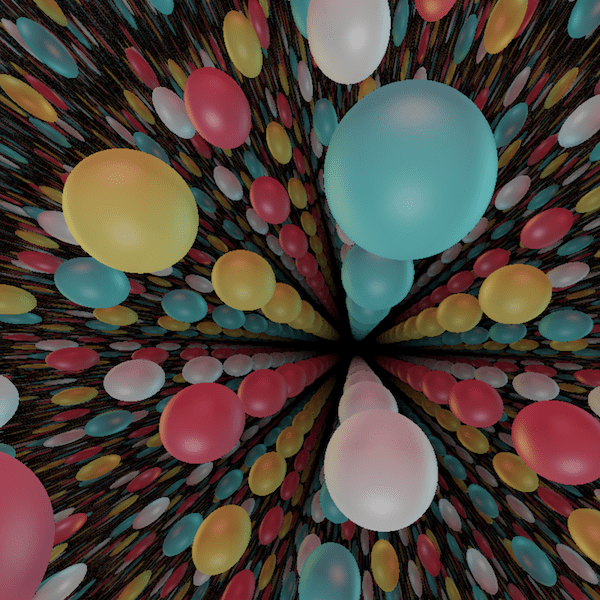Hyperbolic surface suspension
Consider a closed compact surface $\Sigma$ of genus $g \geq 2$. Given a homeomorphism $f$ of $\Sigma$, one can produce a 3-dimensional manifold $M$ by suspending $\Sigma$ according to $A$. More precisely $M$ is the quotient of $\Sigma \times [0,1]$ by the equivalence relation identifying $(x,0)$ with $(f(x),1)$. In some cases, the universal cover $X$ of $M$ can be identified with one of the eight Thurston geometries.
- if $f$ has finite order, then $X = \mathbb H^2 \times \mathbb E$.
- if $f$ is pseudo-Anosov, then $X = \mathbb H^3$.
For a more general homeomorphism $f$, the geometrization conjecture applies. That is one can cut $M$ along tori so that each resulting piece admits a geodesic structure. Here the tori correspond to the suspension of simple closed curved fixed by $f$ (???)

The hyperbolic space $\mathbb H^3$
The hyperbolic space $\mathbb H^3$ is the three-dimensional analog of the hyperbolic plane. It is an isotropic space (all the directions play the same role). Among the eight geometries, this is probably the one which has the richest class of lattices.

The product geometry $\mathbb H^2 \times \mathbb E$
This geometry is the cartesian product of the hyperbolic plane and the real line. It can be also seen as the universal cover of the product $M = \Sigma_g \times S^1$ where $\Sigma_g$ is a compact surface of genus $g \geq 2$ and $S^1$ the unit circle.